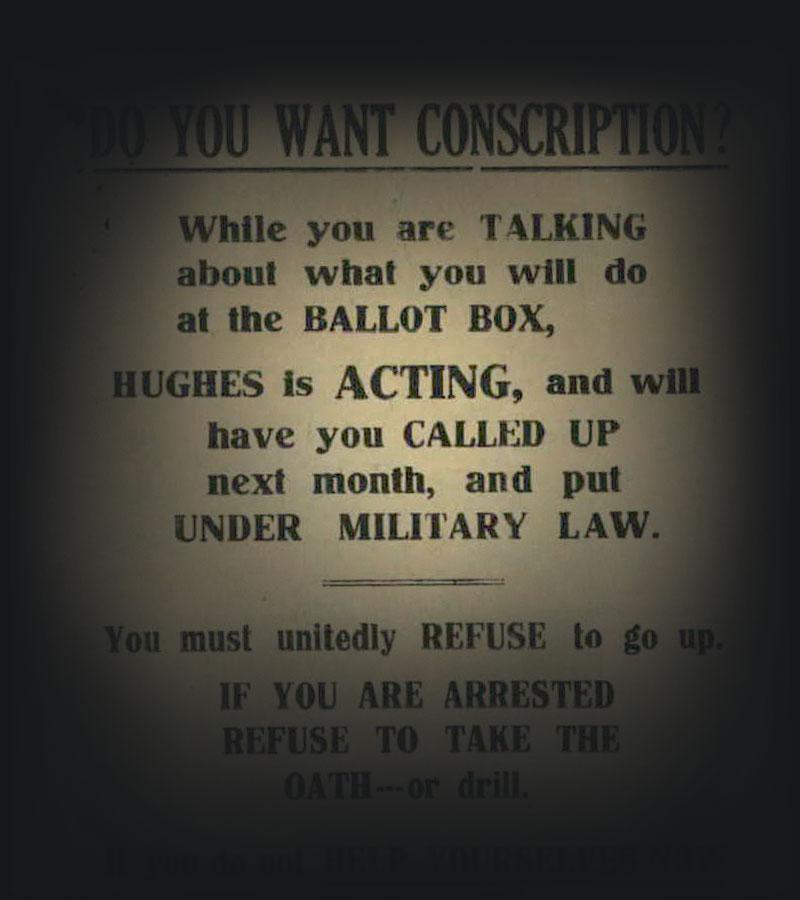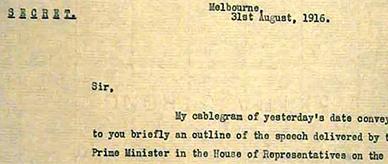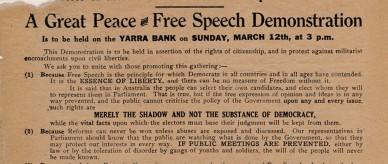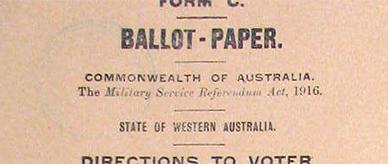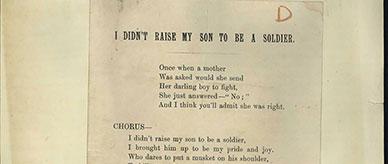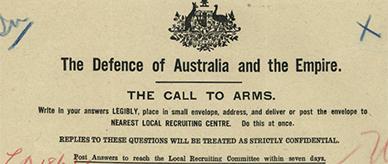By 1916, the war was in its third year. High casualty rates and a steady flow of wounded soldiers returning home had discouraged many men from enlisting. At the same time, Britain was requesting that more troops be made available for service.
In 1916 Australian Prime Minister Billy Hughes visited Britain and the front. On his return in July, he called for a plebiscite on the issue of conscription for war service, hoping to make military service compulsory.
However, when the vote was held in October, the majority of Australians voted against the proposal. Determined to try again, Hughes called a second plebiscite for December 1917, which also failed.
The debates surrounding these plebiscites created tension and division in the Australian community.
Curriculum areas
- Year 9 History
Questions
- Why do you think there were fewer men volunteering to enlist in 1916 than in 1914?
- Why did Prime Minister Hughes want to introduce conscription for overseas service?
- Why hold a referendum on the issue?
- What are the main arguments for and against conscription?

